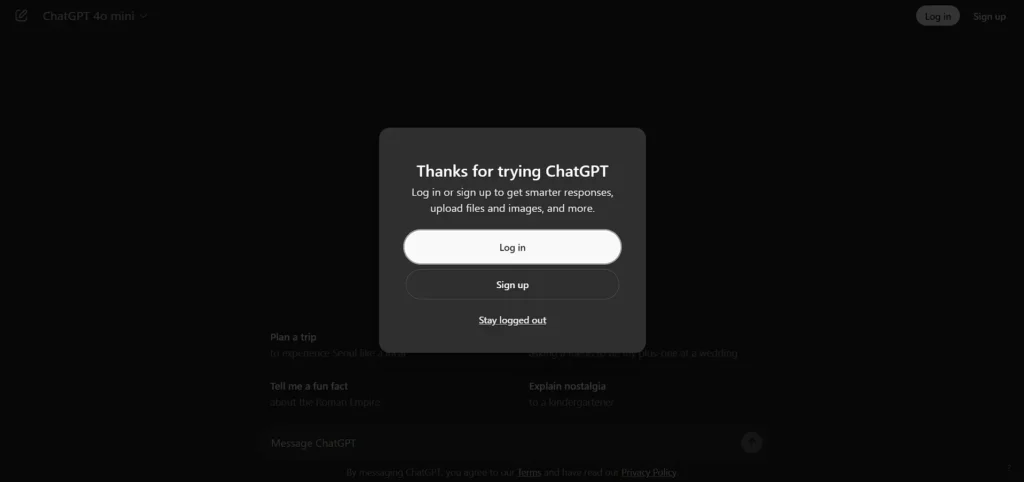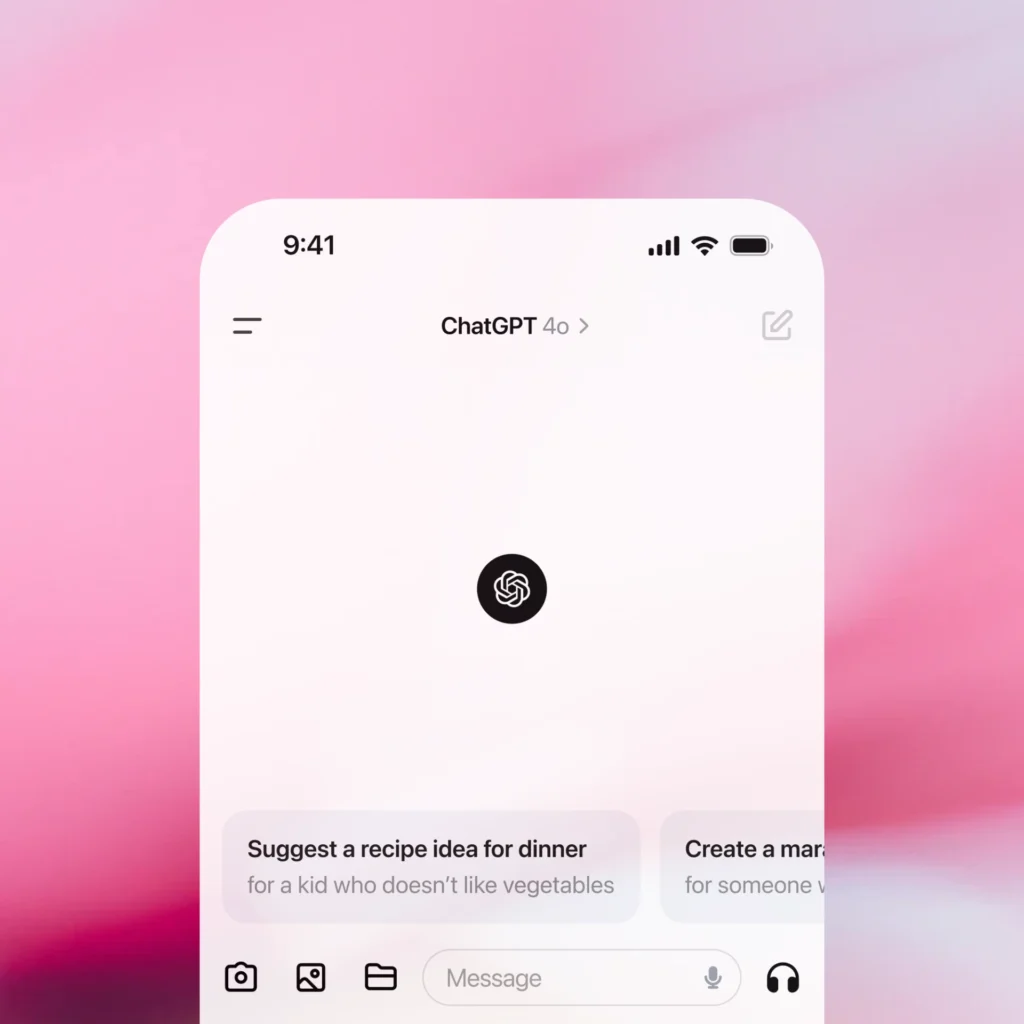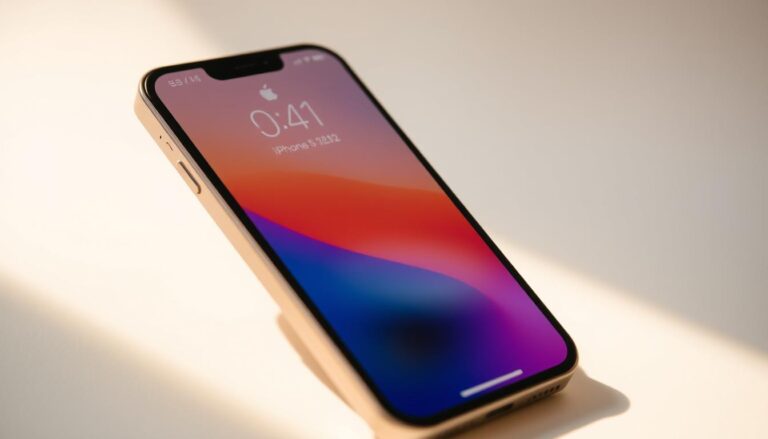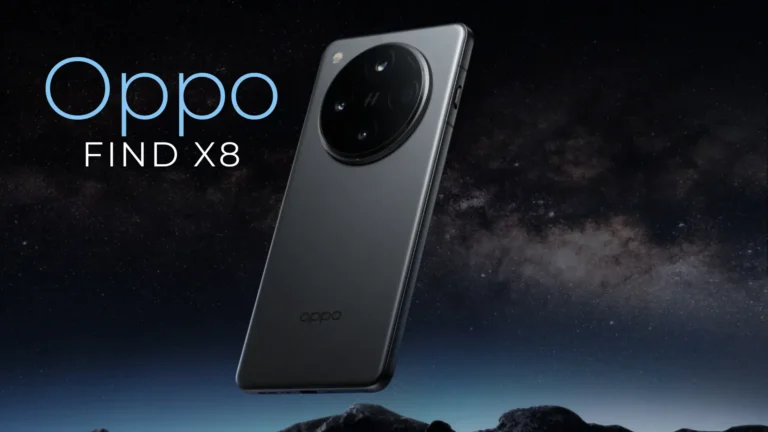In the fast-changing landscape of artificial intelligence, OpenAI continued to maintain the performance at a high level. Thanks to the new ChatGPT 4, which is the latest in their revolutionary line of products, new significant increases in performance and advancement are being observed. Drawing from the writing that introduces ChatGPT 4, this article discusses the different aspects of the model, including the features, uses, advantages, and future implications.
What is ChatGPT-4?
Evolution from Previous Versions
There have been significant advancements from GPT-3 to GPT-4. Compared to GPT-3, which was already able to write text coherently and relevant to the context, ChatGPT 4 has enhanced these capabilities. The conventional model of this chatbot has recently been improved to this latest model which has a broader knowledge base and advanced algorithms with the ability to handle more elaborate questions and offer more appropriate answers.
Pros and Cons of ChatGpt 4.
Pros
- Advanced Language Understanding
- Enhanced Contextual Awareness
- The results provided further showed enhanced accuracy and reliability.
- Versatility Across Applications
- Enhanced User Experience
Cons
- Potential for Misunderstandings
- Interdependence on Quality of Input
- Entailment, Legal and Ethical Issues
- Resource Intensive
- Restrictions in Creating Something New
ChatGpt 4 Login

ChatGpt 4o Download


Download ChatGpt 4o from Clicking Here.
Applications of ChatGPT-4
In Business and Customer Service
Employees are using ChatGPT 4 for improving customer care services provision within organizations. It can improve the responses to the customer queries since the model is developed with more enhanced language processing functionality. Whether it’s offering relevant product information, offering solutions to customer inquiries or complaints, companies can help customers have a more enjoyable experience through ChatGPT-4.
In Creative Writing and Content Generation
ChatGPT 4 is also being used in the creative writing and content creation niches. It is being used by writers and content creators to tap into its creativity, capacity to develop stories, and even help in writing articles and blog posts. Working with the model is easy because of its ability to learn context and style to generate quality data.
In Education and Research
This enhanced capability is particularly helpful to the education and research domains for the following reasons. The model can help students and researchers to explain something, provide short summaries of large pieces of information and even come up with project ideas. Because of this, it can be used as a tool for academic and professional development due to the covering of so many subjects.
Benefits and Limitations of ChatGPT-4
Benefits
Most of the advantages have their roots in the enhancement of the model’s accuracy, context, and knowledge area. There will be better accuracy, better relevance and better flow, making the interaction with the IMS system more natural. These improvements make ChatGPT 4 very useful for various purposes, such as customer service or content writing.
Limitations and Challenges
However, it also has some drawbacks that limits the abilities of ChatGPT 4. It also has limitations resulting from the scope of its training data and the existing prejudice in the received information. Furthermore, even though the contextual consciousness may benefit from the model, the results may be less of a match for complex or vague queries. To overcome these limitations, there is a need to continue working on improving the model constantly.
The Future of AI with ChatGPT 4
Ongoing Developments
Artificial intelligence is a vast and expanding field, and ChatGPT 4 is just a product of that development. This commercial focus suggests that OpenAI may well refine and extend its current models further, adding new ideas and data into its models. Subsequent releases could provide even more elaborate functions and uses for AI, extending its capabilities ever further.
Impact on Society
The effects of such an AI model as ChatGPT 4 on the society are vast. With the increasing pervasiveness of these technologies, their application can bring significant changes to industries, enhance the dissemination of information, and alter the relationships with technology. Whereas these advancements are laudable, its ethical and societal impact cannot be understated and responsible AI deployment require both developers and users to be more aware of the broader ramifications.
Conclusion
The existence of ChatGPT 4 is proof that AI is advancing at a very rapid rate. Its improved capability of understanding language, greater variety of information, and better context relevance make it useful for many purposes. Nevertheless, the future is bright, and with continual evolution of AI models such as the ChatGPT 4 model, there will always be even higher levels of advancement.
That said, it’s important to remain up to date with these technologies and their possibilities as our understanding of them evolves. Regardless of your position- an entrepreneur, blogger, or just an innovative and curious person- you can get a general idea of how an intelligent, conversational AI may work in the near future with ChatGPT 4.
For further information about ChatGPT-4 and its features, visit the official sources of OpenAI or follow the recent advancements in the field.
Frequently Asked Questions about ChatGPT-4
Most of the time when talking to GPT-4, you use a chat application or an API developed and released by OpenAI. All you have to do is to type your question or prompt in the text box and then click on the submit button. That means GPT-4 receives the input and then responds based on the training that it has undergone previously. Ideal formulation of your question will draw perfect response in order to given appropriate answer to meet the needs of your work. Such interaction can take place through the GPT-4 connected applications, or through other applications using OpenAI API.
Good questions to ask AI, like ChatGPT-4, are those that are clear, specific, and provide context. Examples include:
- “Can you explain the concept of machine learning?”
- “What are the benefits of using renewable energy sources?”
- “How can I improve my writing skills?”
- “What are some tips for effective time management?” These questions are specific and open-ended, allowing the AI to provide detailed and useful responses.
ChatGPT-4 which is from the OpenAI is an intelligent Language model whose function is to produce human like natural language output in response to the input fed into the system. They include, but not limited to the ability to answer various questions, help with the creation of content, explain something, and even converse. Some of the use of this tool is it can be applied in service sectors such as customer service, academic assistance, and even in the writing sectors such as creative writing. It is developed capabilities based on its training with a wide variety of data through, which it can come up with unique and context-specific responses.
ChatGPT 4 offers several advantages:
- Enhanced Language Understanding: Better outcomes concerning the identification of text and its generation in a more humanlike way.
- Broader Knowledge Base: It therefore allows the user access to a wide content within different areas of study.
- Better Contextual Awareness: Extended conversations create better context handling, making conversations more natural.
- Versatility: Applicable not only in the performing of customer service and a number of writing tasks, but can also be beneficial in education. Such features make ChatGPT-4 efficient to improve the interaction experience and increase the productivity level.
Yes, ChatGPT 4 has certain limitations:
- Training Data Constraints: They are restricted by the data up to the last training cut-off date, and cannot fetch data in real time.
- Context Limitations: Even with its enhanced capabilities it may find it difficult to handle highly specific or based on context sophisticated queries.
- Biases: It might contain prejudices which are retrieved from the training data which can distort the results. Nevertheless, ChatGPT-4 is better than its earlier counterparts, and the application is being further developed.
GPT refers to Generative Pre-trained Transformer, is another type of artificial intelligence model designed by OpenAI that is programmed to generate text based on a certain pattern and information gotten from its training process. The “Generative” section envisages its text generating feature, “Pre-trained” means it has been trained previously on a large corpus before training, and “Transformer” is the architectural design of the model that supports its language processing functionality.
At the time of writing, OpenAI has not shared specific user numbers for ChatGPT-4. However, ChatGPT models, including GPT-4, have millions of users worldwide on different platforms and in different applications. Huge utilization further indicates the viability of the model in addressing an expansive range of tasks and questions.
ChatGPT 4 is far superior to the previous models such as GPT-3. It includes new capabilities such as improved language understanding, a wider knowledge base, and better context awareness. It is capable of generating more accurate, relevant, and possibly more distinctive responses because of such advancements. Of course, direct comparisons based on quantifiable measures can sometimes be confusing, but the results of the GPT-4 upgrade are seen in its increased performance in handling more comprehensive queries and in providing better quality of conversation.
As a matter of fact, ChatGPT 4 does not have the ability to generate images. GPT, in its basic form, can be described as a text-based model that mimics human language understanding and generation. There are other models by OpenAI for tasks involving image creation such as DALL-E which is built for generating images from textual descriptions.
ChatGPT 4 is not explicitly capable of reading documents in formal ways such as scanning through texts. But it is capable of processing text input that is fed into it. Using the same or similar text from a document provided, ChatGPT 4 is able to assess the text and respond to it through the chat interface. It lacks the potential for file or document interpretation excluding simple text format.
No, ChatGPT 4 cannot generate charts or graphical data processing in any form. It appears to be suitable for text-based interactions only and can respond to queries in textual form and with textual elaborations. Therefore, for the purpose of graphing and data visualization, there are other tools and applications more suitable. It is worth emphasizing that ChatGPT-4 can, for example, explain how to generate graphs and give an opinion on the analysis of data.








